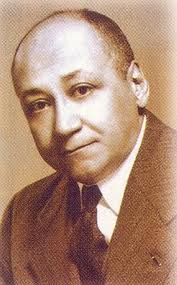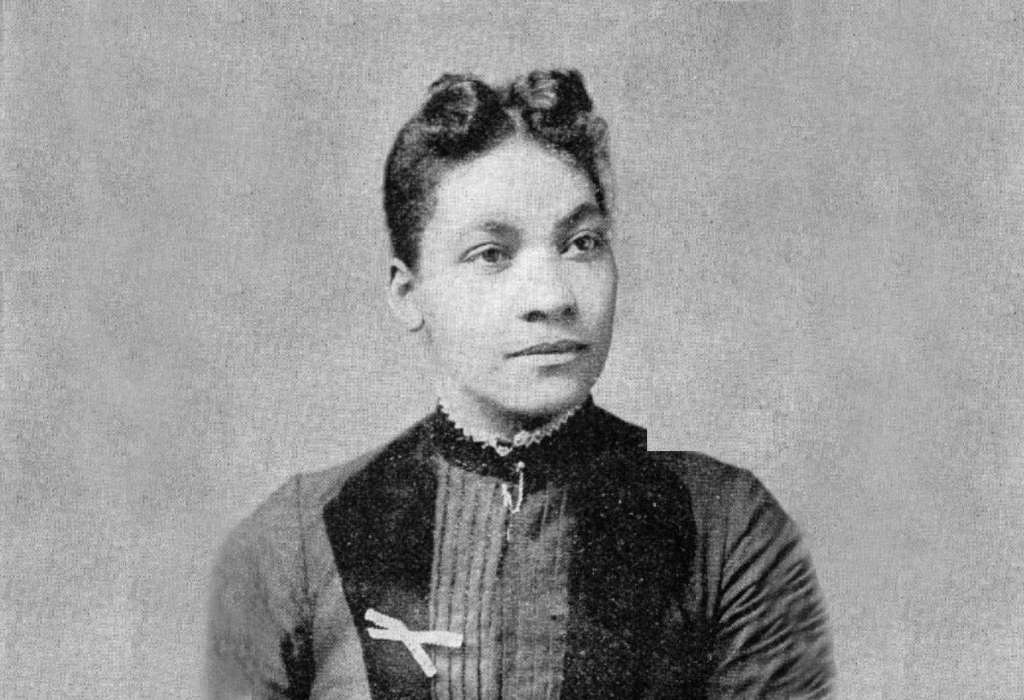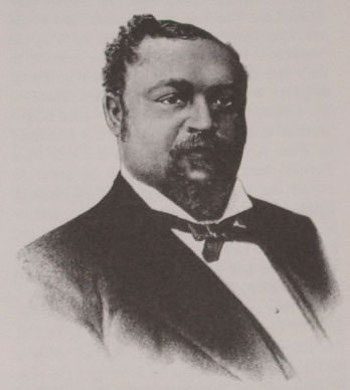Charcoal Toothpaste: Is it Safe and Does it Work?
By Mina Youssef, RDH | Dental Hygienist
Is Charcoal Dangerous for My Teeth?
Charcoal is known to be a very abrasive substance. Charcoal is very coarse and gritty, which in turn helps to remove surface stains and plaque from your teeth. Also, charcoal is so harsh that it also wears away the top layer of the tooth called enamel, leaving your tooth weak and susceptible to sensitivity and prone to cavities.
Does Charcoal Actually Whiten Your Teeth?
Activated charcoal is incredibly porous, meaning that it’s highly effective at absorbing bacteria, oil, and dirt. In addition, charcoal is sometimes used in medical settings to remove dangerous toxins. However, it may not actually be effective at whitening your teeth. Truth is, most claims about charcoal toothpaste are unproven.
Is Charcoal Toothpaste a Safe Choice for Your Teeth?
While charcoal-based toothpastes may market themselves as being effective, using abrasive toothpaste too frequently could eventually lead to permanent yellowing of the teeth. Another disadvantage about charcoal toothpaste is that most don’t have fluoride in them, an essential ingredient in preventing cavities.
Is Charcoal Toothpaste Safe for Kids/Young Teens?
Dentists do not recommend using charcoal toothpaste especially in kids and young teens. The abrasiveness of the charcoal could affect developing teeth and hinder growth.
Schedule an appointment with a NOAH dental provider here for more teeth healthy tips!





